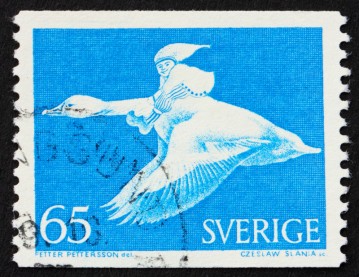Today, we have the lovely and talented Claire Morley with us to talk about her experience of self-publishing and how that led to her providing a service to help other authors become self-published.
Welcome, Claire!
Firstly a huge thank you to Kendra for another opportunity to post on her blog.
Over the year I was writing my debut novel, Tindog Tacloban, I daydreamed of agents fighting over the chance to represent me and raising fortunes for the charities I support in the Philippines. In my head I built refuges for children rescued from the clutches of human trafficking, with money earned from the film rights.
I’m sure I’m not alone in these hopes for my novel. Of course the reality is despite some lovely rejection letters, my book just wasn’t what agents were looking for. And so to self-publishing. Thanks to Amazon, (and other ebook retailers – Barnes and Noble, Apple, Kobo – my experience so far is only with Amazon though) this has become a very real alternative for authors. The growth of sales in electronic books has been phenomenal. We are now able to access a book with a couple of clicks of an iPad, PC, Kindle.
Having made the decision to self-publish Tindog Tacloban, I wanted to do it properly. I invested in an online course, downloaded books and researched self-publishing. I spent weeks preparing, to make sure I was going to give my self-published book the best possible chance of success.
The first thing I learned about was how to format a book and create a cover. Next were the options Amazon offer for promoting your book through their programmes, but perhaps the most important thing I learned was how to market a book. It’s all very well uploading your book to Amazon and telling your friends and family about it, of course some of them (and I can assure you not all of them) will buy a copy, but then what?
Well basically, marketing, marketing and more marketing. And these days that means social media – Facebook author pages, Twitter and continual Tweeting, LinkedIn, Pinterest. It means approaching reviewers and book bloggers, organising Virtual Book Tours, offering to write guest blogs, uploading a profile on Goodreads and any other book website and good old fashioned PR.
All of this takes time, quite a lot of time. Most new authors will have busy lives, they’re probably working or parents or both. Basically they won’t have the time necessary to dedicate to marketing their book. That’s where the idea of My ePublish Book came in. Having had the experience and learning from some of the common errors of self-publishing with my own book, I felt I might have something valuable to be able to offer new authors.
Enter my first guinea pig. Anne Hamilton had first been my tutor at writingclasses.co.uk, later becoming my mentor, proof reader and editor for Tindog Tacloban. When I told her about my self-publishing journey she asked if I would be able to help with the re-launching of her book, A Blonde Bengali Wife. Anne liked the idea of having more control over the publishing process, but had little idea of the technical aspects or the promotion. We decided it would make the ideal case study for my new website – myepublishbook.com.
We worked together on building her social media presence, finding reviewers and useful websites, creating author’s pages and generating interest around the subsequent launch. While Anne worked on, in my opinion one of the most critical aspects of self-publishing – proofing and editing – I set up a Twitter account, a Facebook author page and an Amazon account for A Blonde Bengali Wife and started the marketing aspect. I’m very pleased to say all our hard work paid off. Anne achieved bestseller status in all three of the categories she listed the book in and even better, in one of them she reached the number one spot.
The great thing with self-publishing is you have the control and I want authors to retain that. My ePublish book is not a publisher, we’re your support team. We work with the author to provide them with the service they want. Some people have no knowledge of nor interest in social media, we can do it all for you; others may already have accounts set up and be very proactive. We offer a tailor-made service, no two clients will have the same requirements. The idea is that we will work with an author for four to six weeks on marketing and formatting, after which we hand over all control back to them. All through the process we will provide regular reports on progress and at the end suggestions on how they can continue to increase awareness and hopefully sales of their book.
Traditional publishing and finding an agent is competitive in the extreme, especially for a new author. Self-publishing provides a fantastic alternative and I hope My ePublish Book will be able to help authors achieve their dream of seeing their book on sale.

Anne Hamilton’s case study can be found at: http://www.myepublishbook.com/case-study
My ePublish Book website: http://www.myepublishbook.com/home
Claire Morley worked in IT marketing for 15 years before moving to North Cyprus 13 years ago, where she now works as wedding planner.
She wrote Tindog Tacloban after volunteering in the Philippines following the devastation wreaked by typhoon Haiyan, known locally as Yolanda, which ripped into Tacloban destroying homes and killing thousands. All proceeds from sales of the book go to help charities Claire worked with during her time there.
You can follow Claire on Twitter Facebook: https://www.facebook.com/clairemorleyauthor/







